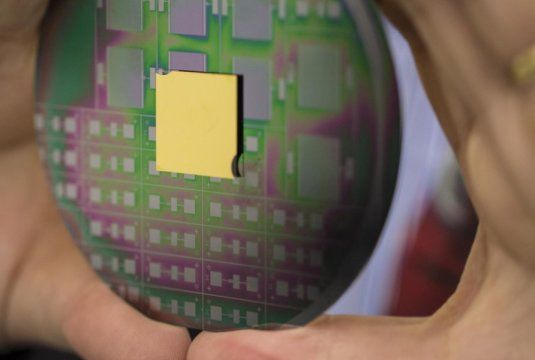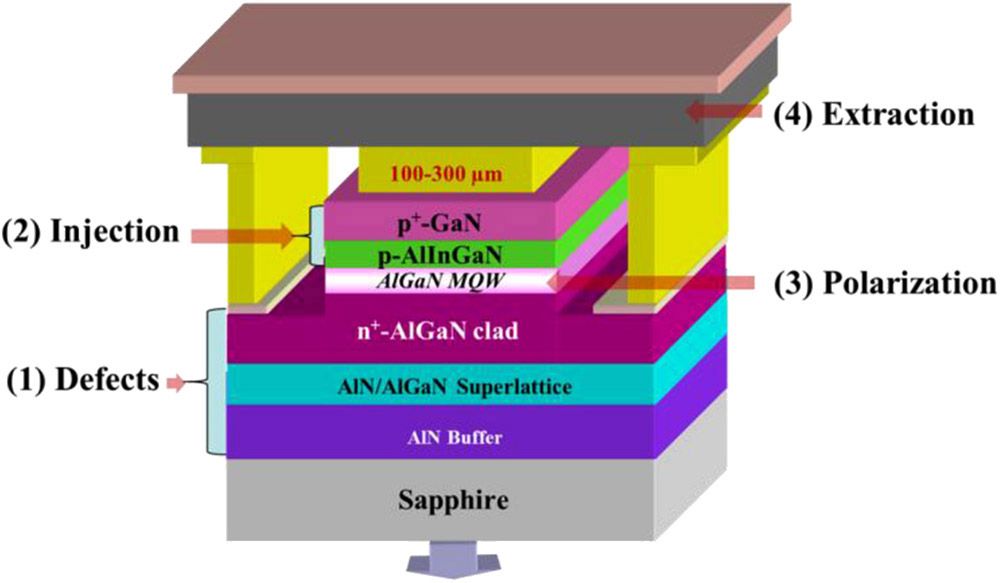Apr 8, 2016
From IT to black holes: Nano-control of light pioneers new paths
Posted by Karen Hurst in categories: computing, cosmology, nanotechnology
Australia did it again! They have developed a chip for the nano-manipulation of light which establishes the NextGen of Optical Storage and processing.
An Australian research team has created a breakthrough chip for the nano-manipulation of light, paving the way for next gen optical technologies and enabling deeper understanding of black holes.
Led by Professor Min Gu at RMIT University in Melbourne, Australia, the team designed an integrated nanophotonic chip that can achieve unparalleled levels of control over the angular momentum (AM) of light.
Continue reading “From IT to black holes: Nano-control of light pioneers new paths” »
















